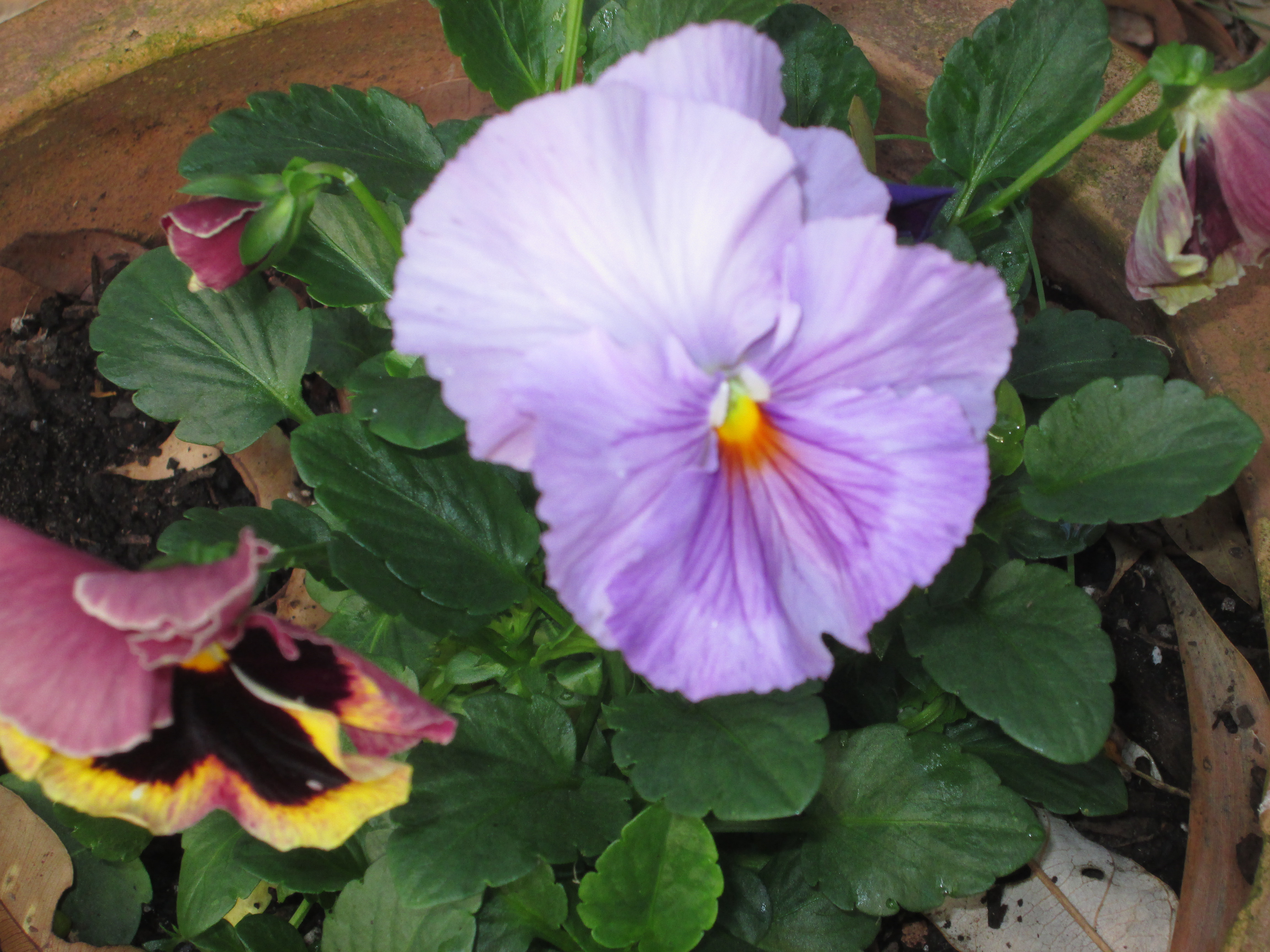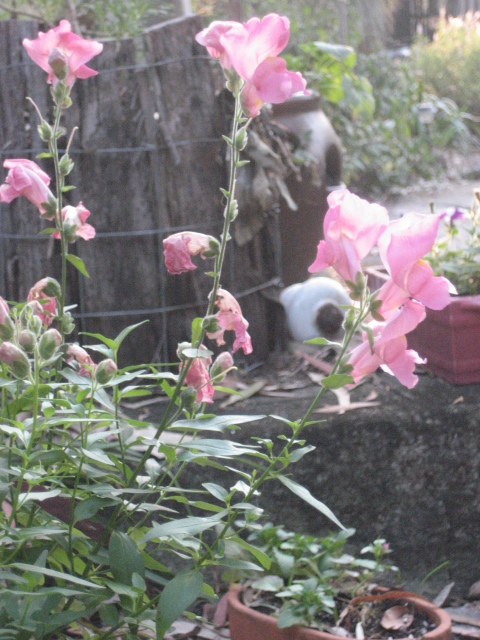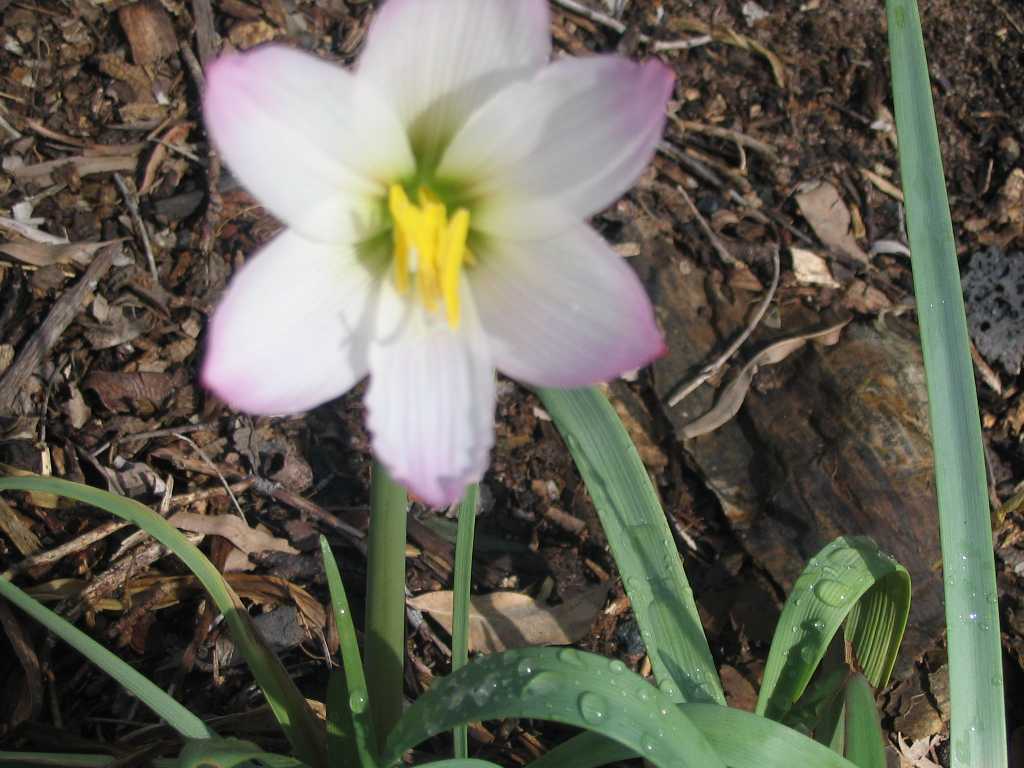HP 6.6: The Cottage Garden Room
From Wikipedia, the free encyclopedia: The cottage garden is a distinct style of garden that uses an informal design, traditional materials, dense plantings, and a mixture of ornamental and edible plants. English in origin, the cottage garden depends on grace and charm rather than grandeur and formal structure. Homely and functional gardens connected to working-class cottages go back several centuries, but their reinvention in stylised versions grew in 1870s England, in reaction to the more structured and rigorously maintained English estate gardens that used formal designs and mass plantings of brilliant greenhouse annuals.
The earliest cottage gardens were more practical than their modern descendants with an emphasis on vegetables and herbs, along with some fruit trees, perhaps a beehive, and even livestock. Flowers were used to fill any spaces in between. Over time, flowers became more dominant. The traditional cottage garden was usually enclosed, perhaps with a rose-bowered gateway. Flowers common to early cottage gardens included traditional florist’s flowers, such as primroses and violets, along with flowers chosen for household use, such as calendula and various herbs. Others were the old-fashioned roses that bloomed once a year with rich scents, simple flowers like daisies, and flowering herbs. Over time, even large estate gardens had sections they called “cottage gardens”.
Modern-day cottage gardens include countless regional and personal variations of the more traditional English cottage garden, and embrace plant materials, such as ornamental grasses or native plants, that were never seen in the rural gardens of cottagers. Traditional roses, with their full fragrance and lush foliage, continue to be a cottage garden mainstay along with modern disease-resistant varieties that keep the traditional attributes. Informal climbing plants, whether traditional or modern hybrids, are also a common cottage garden plant. Self-sowing annuals and freely spreading perennials continue to find a place in the modern cottage garden, just as they did in the traditional cottager’s garden.
 The view from the arbour where you look down into a small amphitheatre.
The view from the arbour where you look down into a small amphitheatre.
On the topside of amphitheatre is the cottage garden area. We have
only fully put this in July 2015. Before that we were dependent on a weekly
supply of sullage water. Since September 2014 we have put down a bore
to 36 metres and struck abundant water. With a branching irrigation pipe,
bore water can now be brought to taps on the topside and bottom side
of our house. Sprinkling can be left on different areas for several hours at
a time for minimal cost. Having abundant water for our garden, has greatly
changed how we do gardening.
Since September 2015 we have put down a bore
to 36 metres and struck abundant water.
 Different areas of our cottage garden shown above and below.
Different areas of our cottage garden shown above and below.
________________________________________________
Specific Cottage Garden Plants:
Specific plants are not named but the photos show the rich changing colours and
the low growing plants.

________________________________
Storm Lilies as part of Cottage Gardens:
For months on end, there were numerous storm lilies planted amongst
the low garden plants. They were whorled grey-green straplike 300 mm
long-limped leaves. It had been many months between heavy rain. A big summer
storm came and in a week the whorled grey-green straplike leaves suddenly
became very erect green straplike leaves. A central flower stalk emerged
with a bulbous flower head. In several more weeks the bulbous flower heads
burst open into the pink trumpet-like flowers shown below. In another
couple of weeks, the flower heads formed into rounded seed pods. A month
later, the seed pods split open and released many flat windborne seeds.
These seeds then produce abundant supply of new storm lilies wherever they fall.
See this website: Images for storm lilies Australia
______________________________________________________
See the next post: Post 7: Permaculture Garden Room































































